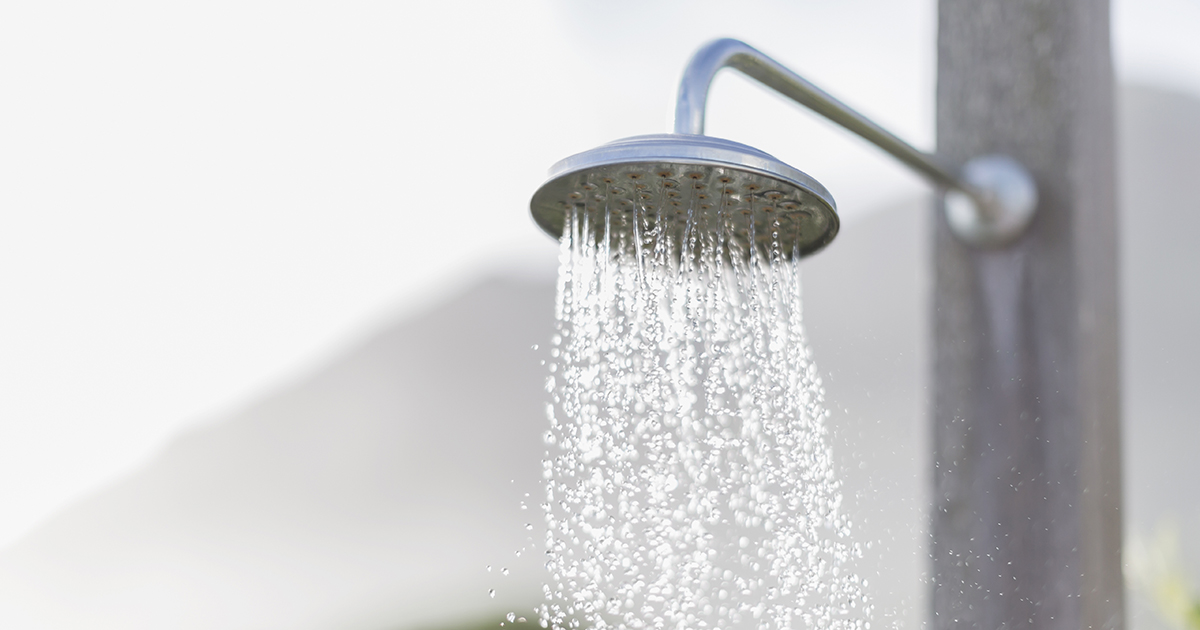Methods Of Treating Morphea
Medicated Skin Creams

Medicated skin creams, which help soften rough skin, are usually one of the first treatment options for moprhea. Creams containing vitamin D, including calcipotriene, are commonly prescribed. Patients using these creams can expect to notice an improvement in their symptoms within the first month or two of treatment, and the medicine has few side effects. Depending on the specific cream prescribed, patients could experience a stinging or burning sensation as they apply the cream, and certain topical treatments may cause a rash. Patients using medicated skin creams should carefully measure the proper dose, and they should make sure to not use more than the recommended amount.
Continue reading to reveal more ways to treat morphea now.
Avoid Long And Hot Showers

Patients with morphea and other skin conditions are generally advised to avoid long and hot showers. Hot water dries out the skin, and spending a long time in the shower exacerbates this effect. Dry skin may worsen morphea patches and other symptoms. If long, hot showers are taken on a regular basis, patients may have to extend their treatment time, and they could potentially need additional medications. Instead of taking hot showers, doctors recommend that patients with morphea aim to have short showers with lukewarm water. After showering, patients should pat the skin dry with a towel; rubbing the skin can increase irritation. To ease symptoms and lock in moisture, it can help to apply a moisturizing cream or oil immediately after showering. Applying moisturizers to damp skin increases absorption, which can speed up the healing process.
Get more details on the options available for treating morphea now.
